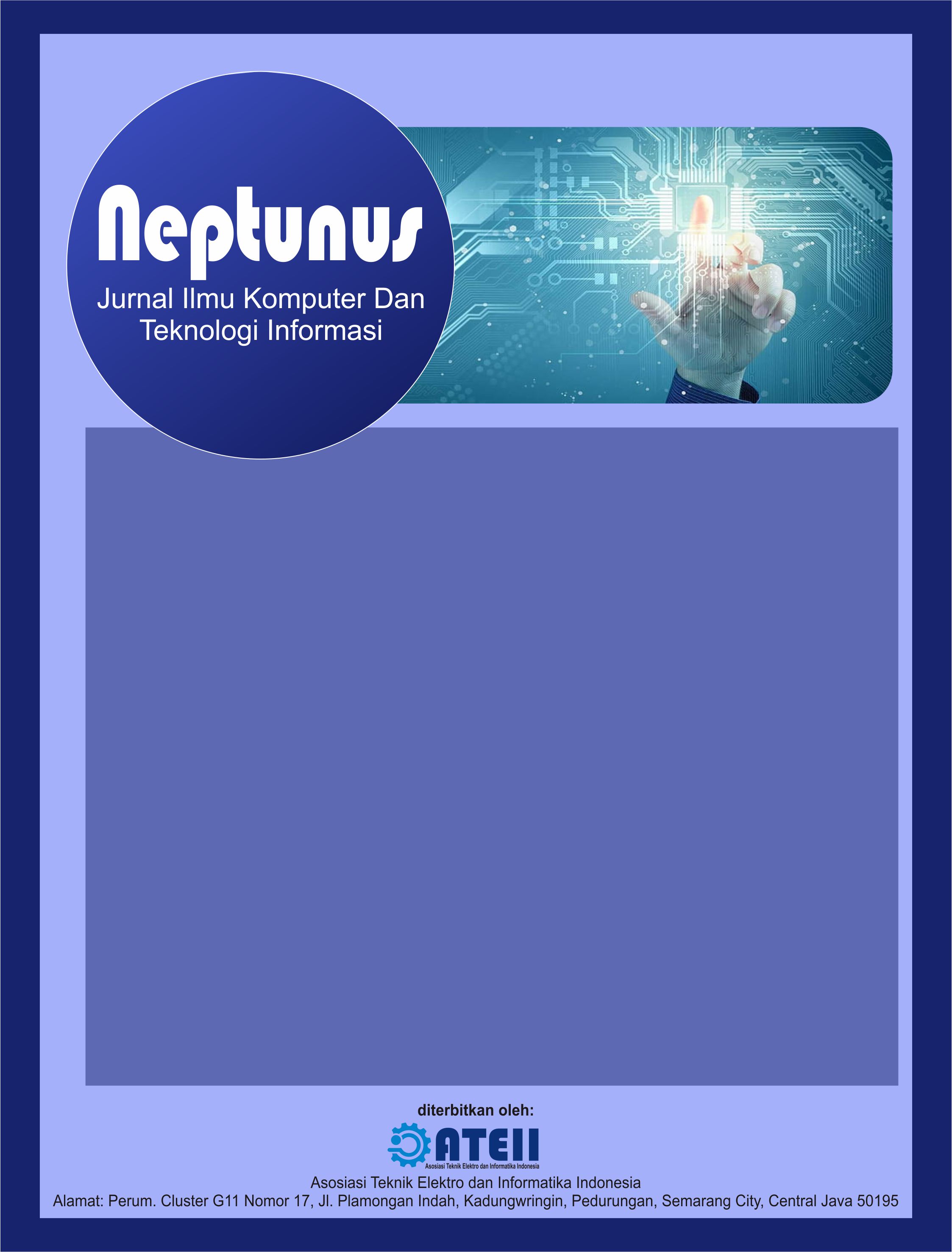Cloud Computing Adoption in Education: A Systematical Literature Review
DOI:
https://doi.org/10.61132/neptunus.v3i1.643Keywords:
Cloud Computing, Education, AdoptionAbstract
The term "cloud computing" refers to the delivery of numerous services via the Internet. Because of providers that provide cloud services, users can store files and media on faraway servers and subsequently access the items online. Due to the lack of location requirements, this enables anyone to watch them remotely. This design is currently beginning to be implemented in the sphere of education, particularly in universities. In order to determine the factors influencing the adoption of cloud computing in education, previous academics have employed the technology adoption theory, which is discussed in this study. The purpose of this study, which is a systematic literature review, is to identify and assess knowledge gaps about the factors impacting the adoption of cloud computing in education. To fill in any gaps and add to the body of knowledge already in existence, this study will therefore enhance the information by offering a complete examination of the material that is already available.
References
Agarwal, A., & Ojha, R. (2023). Prioritising the determinants of Industry-4.0 for implementation in MSME in the post-pandemic period–a quality function deployment analysis. The TQM Journal, 35(8), 2181-2202. https://doi.org/10.1108/tqm-06-2022-0204
Brownlie, D. T. (1992). The role of technology forecasting and planning: Formulating business strategy. Industrial Management & Data Systems, 92(2), 3-16. https://doi.org/10.1108/02635579210009623
Daim, T., Bukhari, E., Bakry, D., Vanhuis, J., Yalcin, H., & Wang, X. (2021). Forecasting technology trends through the gap between science and technology: The case of software as an E-Commerce service. Форсайт, 15(2 (eng)), 12-24. https://doi.org/10.17323/2500-2597.2021.2.12.24
Elisa, E., Tukino, T., & Handoko, K. (2022). Penerapan forecasting methods untuk penjualan produk UMKM dengan algoritma k-nearest neighbor. Jurnal Tekinkom (Teknik Informasi dan Komputer), 5(2), 455-463. https://doi.org/10.37600/tekinkom.v5i2.629
Kotler, P., & Keller, K. L. (2016). Marketing management. Pearson Education.
Lesmarna, S. P., Alzami, F., Rizqa, I., Salam, A., Aqmala, D., Megantara, R. A., & Pramunendar, R. A. Development of time-series-based MLOps architecture for predicting sales quantity in micro, small, and medium enterprises (MSMEs). Transmisi: Jurnal Ilmiah Teknik Elektro, 26(2), 64-69. https://doi.org/10.14710/transmisi.26.2.64-69
Li, B., Yao, C., Zheng, F., Wang, L., Dai, J., & Xiang, Q. (2021). Intelligent decision support system for business forecasting using artificial intelligence. Arabian Journal for Science and Engineering, 1-11. https://doi.org/10.1007/s13369-021-05886-z
Li, X., Ang, C. L., & Gray, R. (1999). An intelligent business forecaster for strategic business planning. Journal of Forecasting, 18(3), 181-204. https://doi.org/10.1002/(SICI)1099-131X(199905)18:3<181::AID-FOR712>3.0.CO;2-3
Makridakis, S. S. (2020). The M4 Competition: Results, findings, and conclusions. International Journal of Forecasting, 36(1), 54-74.
Mia, M., Yousuf, M., & Ghosh, R. (2021). Business forecasting system using machine learning approach. 2021 2nd International Conference on Robotics, Electrical and Signal Processing Techniques (ICREST), 314-318. https://doi.org/10.1109/ICREST51555.2021.9331114
Mishra, S., Deshmukh, S. G., & Vrat, P. (2002). Matching of technological forecasting technique to a technology. Technological Forecasting and Social Change, 69(1), 1-27. https://doi.org/10.1016/S0040-1625(01)00123-8
Santoso, S., Kusnanto, E., & Saputra, M. R. (2022). Perbandingan metode pengumpulan data dalam penelitian kualitatif dan kuantitatif serta aplikasinya dalam penelitian akuntansi interpretatif. OPTIMAL Jurnal Ekonomi dan Manajemen, 2(3), 351-360. https://doi.org/10.55606/optimal.v2i3.4457
Saragih, H., & Karyati, C. M. (2023). The development of West Java MSMEs as a form of economic defense: An analysis with forecasting methods. West Science Business and Management, 1(05), 371-385. https://doi.org/10.58812/wsbm.v1i05.493
Smith, J. W. (2018). Forecasting in SMEs: Challenges and opportunities. Journal of Small Business Management, 56(4), 567-584.
Taufiqih, R., & Ambarwati, R. (2024). Enhancing sales prediction for MSMEs: A comparative analysis of neural network and linear regression algorithms. Jurnal Teknologi dan Manajemen Informatika. https://doi.org/10.26905/jtmi.v10i1.11875
Wolfe, H. D. (1956). Forecasting for business. Financial Analysts Journal, 12(1), 17-19. https://doi.org/10.2469/FAJ.V12.N1.17
Yuan, F. C., & Lee, C. H. (2020). Intelligent sales volume forecasting using Google search engine data. Soft Computing, 24(3), 2033-2047. https://doi.org/10.1007/s00500-019-04036-w
Żbikowski, K., & Antosiuk, P. (2021). A machine learning, bias-free approach for predicting business success using Crunchbase data. Information Processing & Management, 58(4), 102555. https://doi.org/10.1016/J.IPM.2021.102555
Downloads
Published
How to Cite
Issue
Section
License
Copyright (c) 2025 Neptunus: Jurnal Ilmu Komputer Dan Teknologi Informasi

This work is licensed under a Creative Commons Attribution-ShareAlike 4.0 International License.





